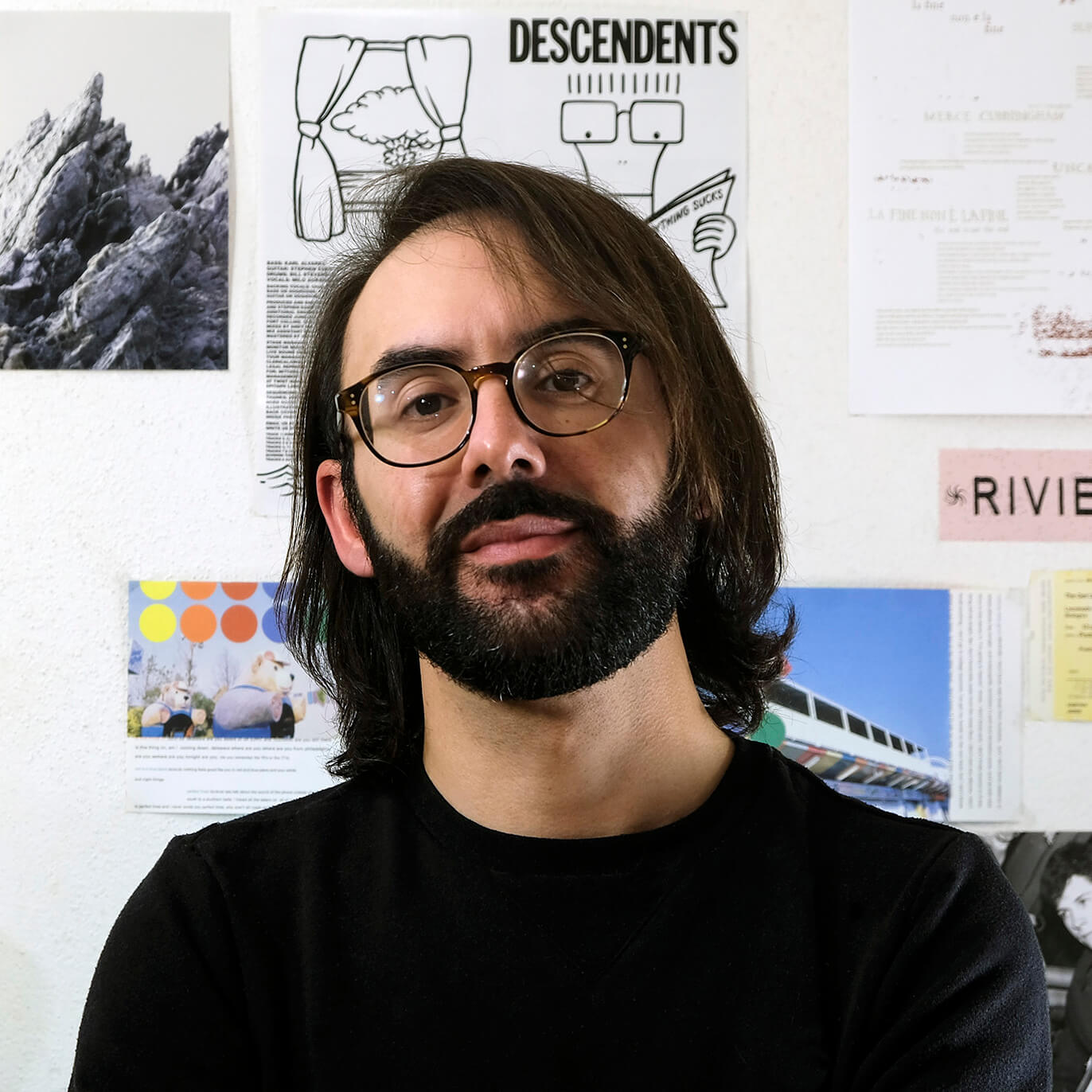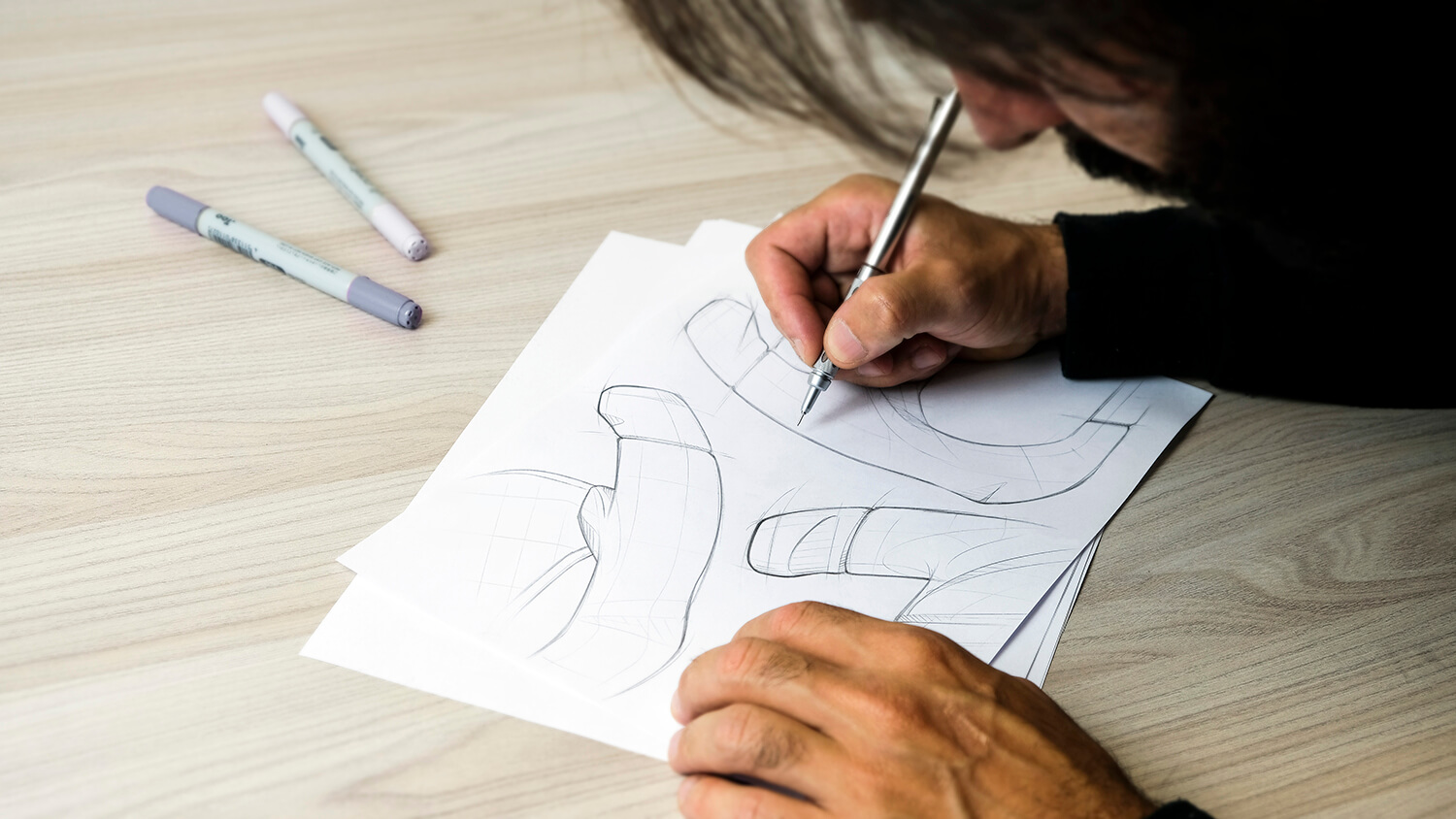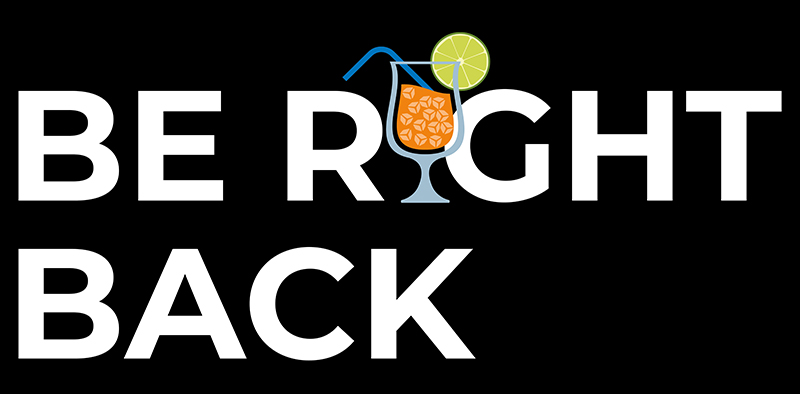The shape of Speed: a chat with our Lead Designer

Massimo, here at Cube Controls the design is a big deal since the very beginning, not only for the sake of the aesthetic but also for a matter of functionality. A lot of characteristics of our wheels depend on a well-designed look, right?
Yes, think about the weight, for instance. An optimized design helps you to reduce the general weight. A lightweight steering wheel has less inertia so you will be able to steer and correct the car more quickly. Furthermore, for the same reason, you will have a more detailed, faster and more precise force feedback. The steering wheel must therefore be balanced and light, especially in the extremities furthest from the rotation axis where you feel more the inertia. Doing so, those who for example have a non-DD base with modest power, can better appreciate all the details of the force feedback and the response will generally be faster. But it is also true that all these characteristics with a DD are amplified slightly, so a light steering wheel guarantees a better response in any case. This was possible thanks to a meticulous design study that led us to identify the most suitable materials and the best construction technologies, without sacrificing in any way the stiffness of the steering wheel.
We can say that this is an added value of our products. I mean anyone can build a steering wheel with standard components nowadays, but an optimized design requires study.
Optimized designs have significant research costs. You can take some buttons and a plate and create your own wheel but few are able to properly integrate these buttons following a precise study of design and ergonomics so that no detail is out of place. In our line-up particular attention was paid to the tactile feedback of the various commands: each button, encoder and switch is custom, made according to our specs.
For example, let’s take the Formula Pro, one of our community’s favorites. How did we come up with the current design?Why is it special?
The concept of this steering wheel is relatively simple: lightness, intuitiveness, ergonomics. When the very first version was released in 2017, it was one of the very first fully custom steering wheels not based on existing rims and not 3D printed. The grips were made with an exclusive process and molded around the carbon plate in one piece, like the real F1 steering wheels. The current version, now in its third iteration, maintains the initial characteristics and the same ergonomics that we pushed to the very limit in terms of improvements.
We paid extra attention to the ergonomics, in order to ensure easy operation of the various controls without being distracted from driving. Obviously, many new features have been introduced in terms of finishes and structural solidity, making it a very mature product.
We have redesigned the front frames so that they can be made with an industrial injection molding process, the back cover has been modified and lightened making it more rigid at the same time and anchoring points have been added to the front plate in order to make everything more rigid.
What about our GT-Zero rim? What has been done on this rim? What is special about its competitors in your opinion?
We started from the idea of filling an open market segment. In our opinion it lacked a steering wheel of about 300mm with good ergonomics, “cool”, open top, characteristics that allow you to drive virtually any car effectively. So we started to work on the concept. The design of this wheel took at least 200 design hours. Countless 3D printed prototypes were made directly by our R&D department, which then passed through countless hands in order to get us closer to the desired result: optimal ergonomics for many different hand shapes, so that each one felt “at home” one once the steering wheel is held.

The choice of materials also makes a difference, right? Carbon and Aluminum vs Plastic.
We use plastic only in a few circumstances, like non-structural components and when certain shapes are difficult to achieve with other construction technologies. Beside that, carbon fiber and CNC machined billet aluminum remain the best choices. No compromises when we talk about quality.
Hope you liked this behind the scene racers, keep following us on Facebook, Twitter and Instagram and stay tuned for new sneak peeks. In the meantime race hard!

